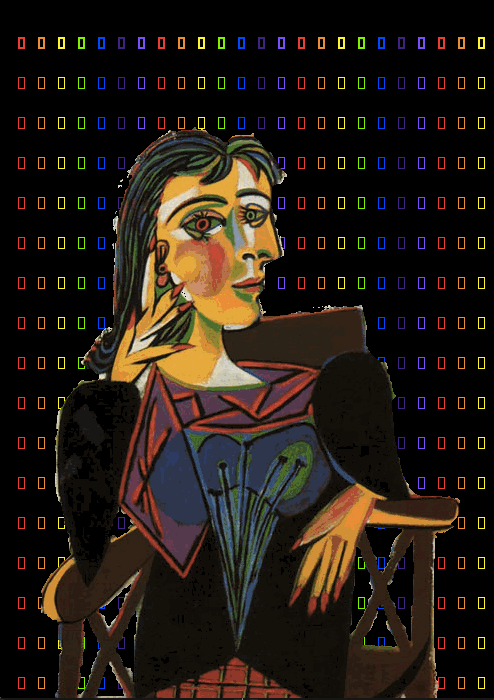I have often Googled for symptoms, visited WebMD (and concluded that I have a deadly disease). At SIGIR 2013, Ryen White’s paper, Beliefs and Biases in IR, provided empirical evidence for the poor success-rate of diagnosis-by-google.
The authors mined medical yes/no questions (For example: Can salmonella cause belly-ache), had physicians answer these questions, and then measured user bias post-search (i.e. the users after perusing the results answer their original questions with yes/no) (the paper contains a very detailed description of the experiments conducted).
The accuracy of the final answer was the most interesting part of this paper - only about half of the questions were accurately answered. That is as good as flipping a (fair) coin for each question. The rest of the paper was a fairly interesting read (and it won the SIGIR 2013 best paper award).



